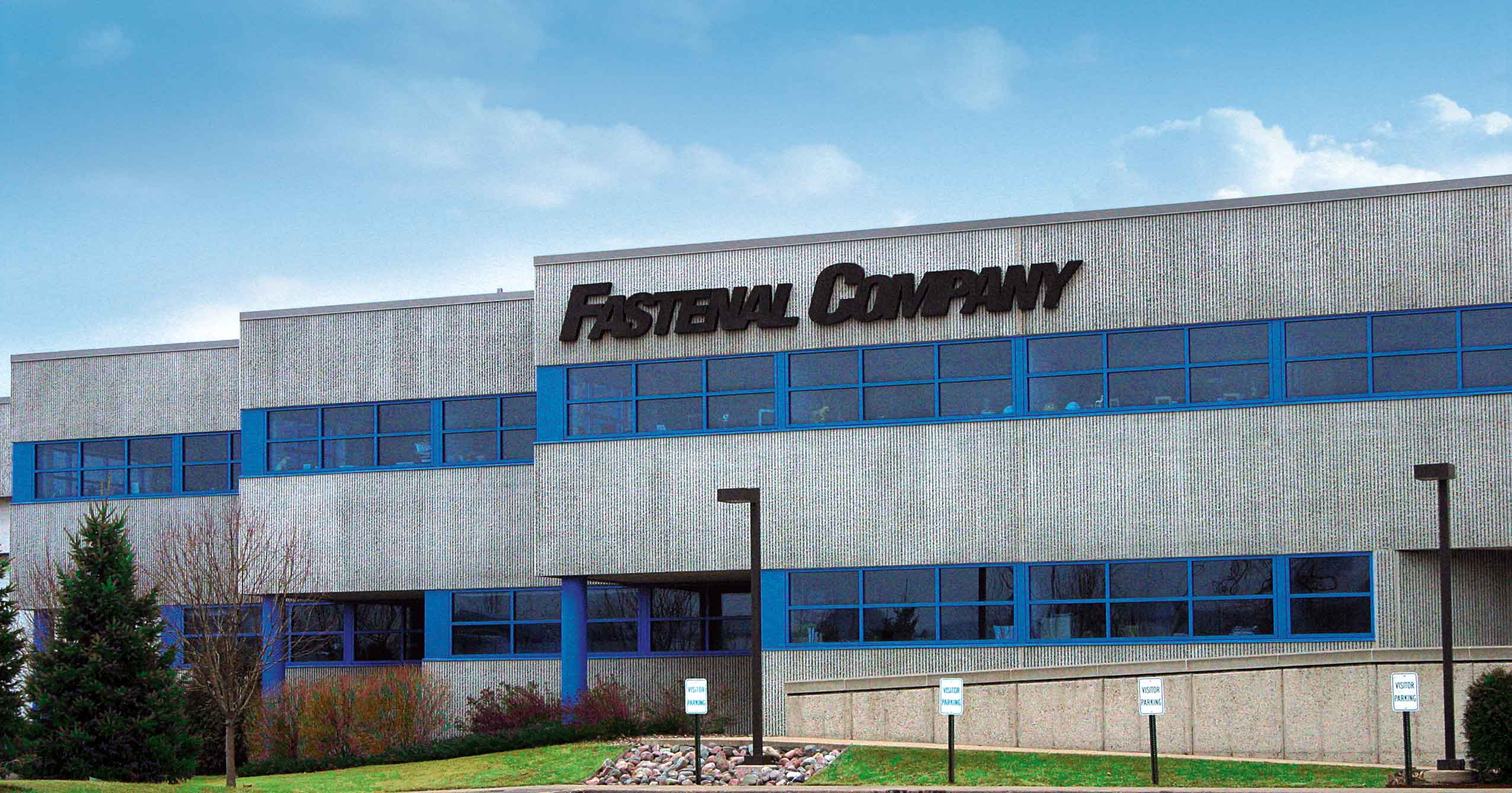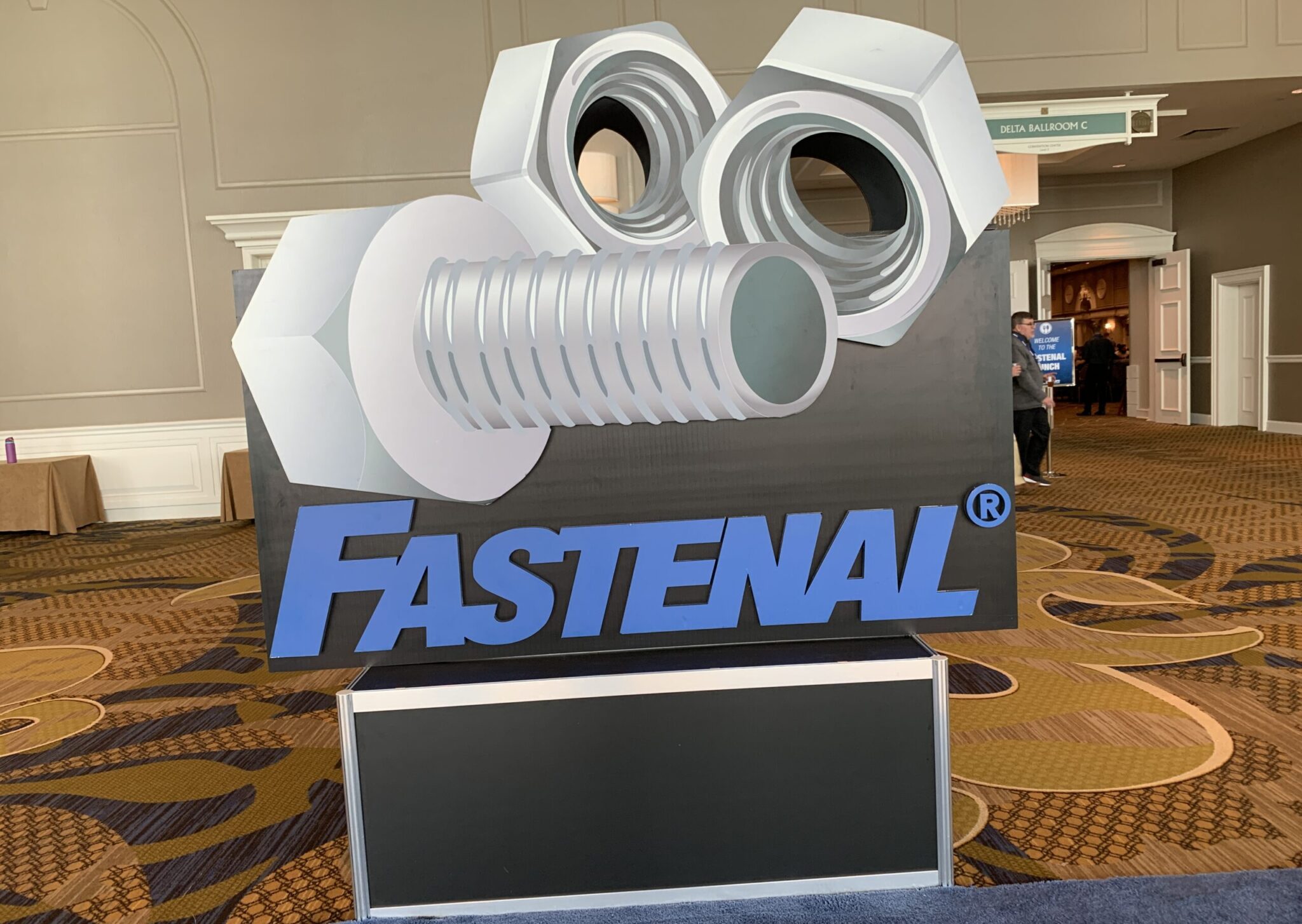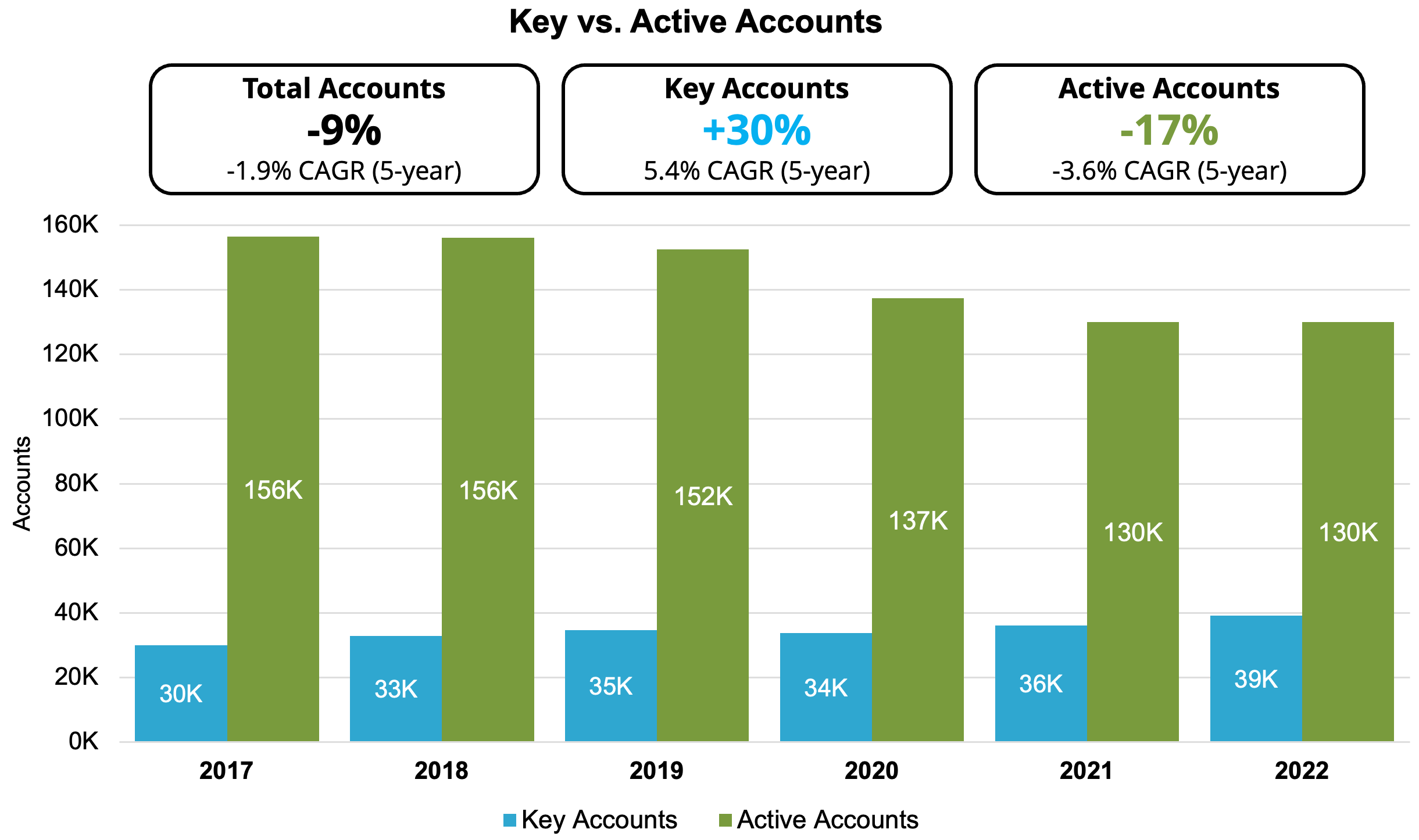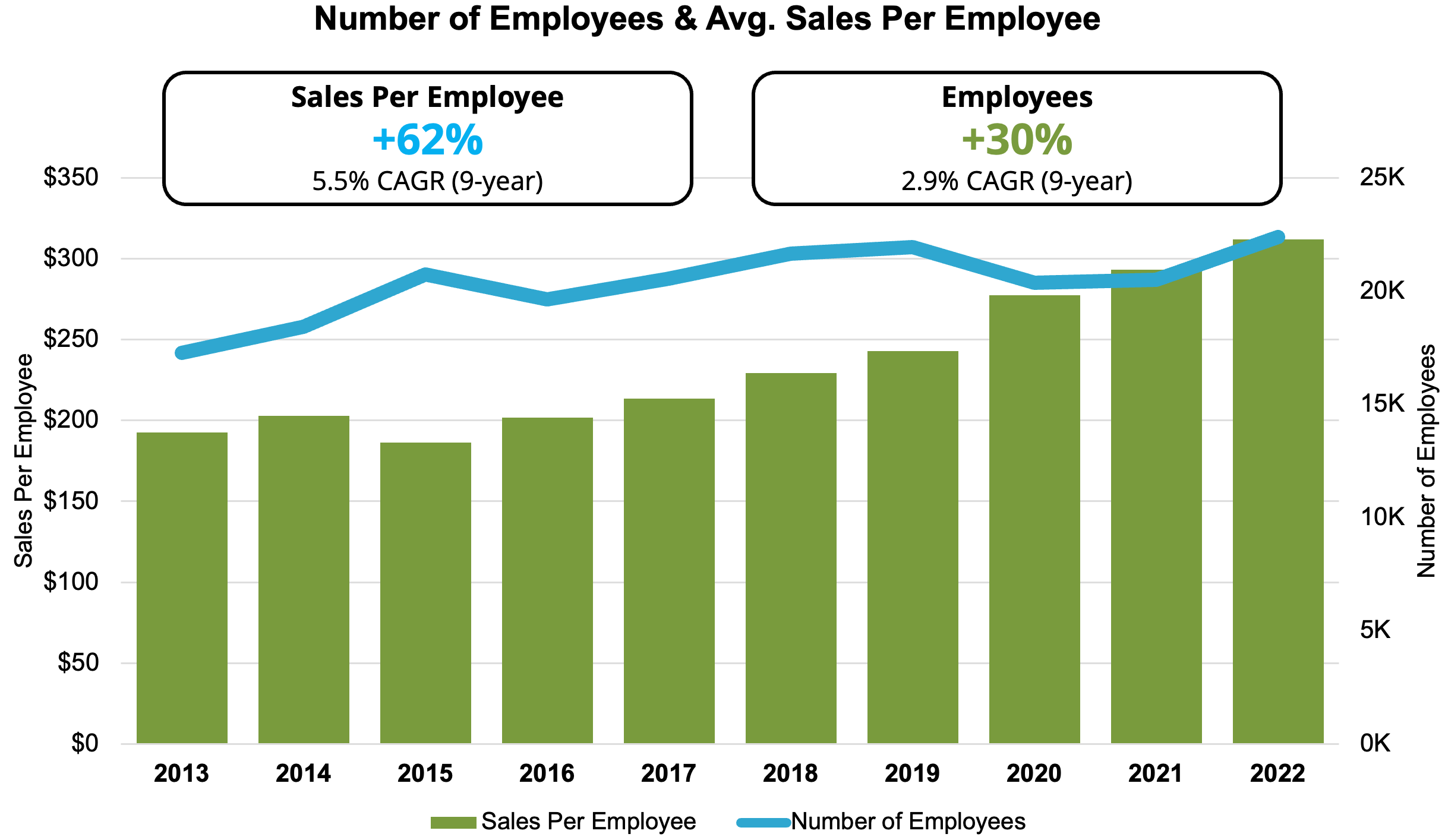Fastenal’s Big Pivot, Part 2: Sales Specialization & Realignment
By John Gunderson, Senior Consultant
This article was reprinted with permission from Modern Distribution Management (MDM). It is a great publication and we highly recommend becoming an MDM Premium subscriber, for over 50 years MDM has provided industry leading content for B2B Manufacturers and Distributors. Become an MDM Premium subscriber at https://www.mdm.com/subscribe_premium/
In Part 1 of this detective series on how Fastenal made the “Big Pivot,” we covered how the distributor achieved record-setting growth while resetting its brick-and-mortar network by closing 1,000-plus branches over a decade. This move to fewer locations while adding more Onsite resources at end customer locations (vending and Fastenal personnel on the plant or customer floor) was a key pivot move that delivered results.
The second big pivot I’ll investigate as a detective analyst is the role that Fastenal’s sales specialization and sales realignment programs have played in driving this decade-long increase in performance. As with any public company, the best place to start looking for clues is in the annual financial reports (the sections before the 10-K), where companies articulate their strategy to investors in visuals and easy-to-understand language.
Onsite “Embedded Branch” Strategy
The first clue of the sales pivot to the public was released in the 2014 annual report where Fastenal started to report not just total sales data, but broke out sales totals by branch revenue and Onsite/Insite location sales data. This revenue-by-channel split was an indicator that a major shift in sales focus was afoot! The focus on Onsite associates working inside/onsite on the plant floor or customer locations was a public pivot that probably went unnoticed by many in the industry.
This sales specialization of working closer with the customer at their location with human resources was probably already occurring at a slower pace before the 2014 change in reporting, but when a public company makes a reporting change like this, it usually means it’s important.
It turns out this change has been a crucial reporting metric to note and follow, as Fastenal Onsite/Insite market locations have grown from 214 in 2014 to 1,623 locations at the end of 2022.
Fastenal’s sales in that same period have grown from $388 million to $2.5 billion at the end of 2022 for Onsite locations. In its 2022 annual report, Fastenal refers to Onsite locations as “…providing dedicated personnel and inventory within the customer’s facility – an ‘embedded branch’ tailored to their needs.”
If you think about it in terms of a barrier to exit, it is not a mystery that this is a big moat to cross for customers. Once you become an embedded branch on the plant floor, working side-by-side to solve problems, customers don’t want to end that relationship unless something goes very wrong. This is a big competitive advantage when you can expand your Onsite embedded-branch presence at large customers.
Other cost benefits are hard to quantify but have a significant impact. In Fastenal’s 1,623 Onsite locations (as of end of 2022), where their employees go to work every day, they do not have a cost for items such as building maintenance, utilities, landscaping/snow removal, repaving of parking lots, managing leases, facility insurance, etc. The significant cost of a branch location in terms of fixed cost and support is mitigated with Onsite locations. It provides most of the benefits a brick-and-mortar branch does for a fraction of the overhead.

Sales Specialization
Sales specialization is nothing new in distribution, with many leading companies practicing it. The trend from sales generalists to sales specialists (e.g., metalworking, automation, Six Sigma leaders, engineering, etc.) has been in motion for years, but the pace is increasing. The ever-changing B2B distribution end customer is driving this change in how they prefer to buy from you.
In the evolving channel that you serve, the investigator in me would express it in simple terms: Relationship selling still matters in B2B distribution, but it matters less. It is becoming more about the solution delivered versus the relationship today.
Sales specialization is often referred to as building moats to protect and expand your business. These moats often have the bonus of delivering higher gross margin levels than just selling products and parts.
Fastenal calls out this sales specialization as “highly-trained specialists: engineering, safety, Lean Six Sigma, metalworking, construction, solutions, national accounts.” In 2022, they reported having 540-plus highly-trained specialists, and they started this key associate breakout reporting in 2019.
This sales specialization and adding key value-added services at Fastenal is referred to as “Widening our Moats.”

The company stated that “Fastenal’s commitment to invest in our customers – in the form of human capital, inventory, technology, value-added services and logistics – makes us more than just another place to ‘buy stuff.’”
The further context they published is enlightening to this strategy:
“We become a vital part of their daily operations, an indispensable supply chain partner. The key takeaway: By investing in our customers and building strong relationships, we’re creating more resilient revenue streams and widening our competitive moat.”
Focus on Sales Growth at the Account Level
For many years in B2B distribution, you would often hear two competing sales approaches. One of my first distribution mentors used a great analogy: “Distribution is like making orange juice. We squeeze our juice and profits from all our oranges (customers). We have two sales choices — either find ways to get more oranges (add new customers or channels) or squeeze more juice from the oranges we have (grow share with existing customers).”
That first option to making more orange juice is the diversification approach, where you attempt to grow total customer counts and enter new sales channels. Option two is growing share with the existing customers you have or target growth with the largest oranges (large local and national accounts).
Fastenal appears to have chosen the second option as their primary sales growth path at the account level. In 2017 they started to report their local business in two sales categories – active and key accounts. Fastenal states that “In an in-market location, we track our customers’ business activity through ‘active accounts’, which is defined as any customer account with purchase activity of at least $100 per month.”
For key accounts, Fastenal reports, “Since 2020, our in-market locations have prioritized ‘key accounts’, which is defined as any customer account with purchase activity of at least $2,000 per month. Key account customers have typically been able to utilize a wider range of our products and services, and as a result have exhibited greater potential to increase in size while being more efficient to pursue and support.”
Pursuing “target” growth with key accounts has been effective in growing top-line sales for Fastenal. Pursuing fewer, more substantial accounts approach is not a unique approach for Fastenal vs. peer distributors, but the fact that they report those numbers is unique.
 Source: Fastenal annual reports 2013-2022; Dorn Group analysis. Click on the image for a larger version.
Source: Fastenal annual reports 2013-2022; Dorn Group analysis. Click on the image for a larger version.
The numbers show that Fastenal has added more key (larger) accounts while reducing its number of total active accounts over the past six-plus years.
The company appears to be focusing on becoming more important and engrained with fewer customers. This approach also has the benefit of making your business more efficient and helping to lower your cost-to-serve.
In 2022, Fastenal reported a total of 174,898 total accounts (key and active) that totaled $6.98 billion in total sales — placing it No. 6 on MDM’s 2023 Top Industrial Distributors List. For the year, Fastenal accounts had average annual spend of $39,912 — a substantial increase from 2017’s $22,578, which was the first year they broke out that figure.
As a distributor, every account you have has some cost of service. For example: $250 in labor to set up a new account in the ERP; $150 to set credit limits and terms; the time and cost to process orders; invoice processing; statement processing; accounts receivable; accounts payable; and more. Every account on the books has a cost to serve, whether or not you can calculate it. The math is pretty simple — if you can grow sales and reduce the number of accounts, you become a more efficient and profitable distributor.
 Source: Fastenal annual reports 2013-2022; Dorn Group analysis. Click on the image for a larger version.
Source: Fastenal annual reports 2013-2022; Dorn Group analysis. Click on the image for a larger version.
Fastenal’s metrics show that its annual sales-per-employee numbers have climbed by about 63% since 2013. At the same time, the number of employees increased by only 29% (while overall sales grew 110% from 2014 – 2022).
This significant efficiency increase shows the simultaneous impacts of their Onsite “Embedded Branch,” sales specialization strategy and account-level sales growth focus. Also, the sales and customer stratification strategies have obviously played an important role in driving sales increases while improving the overall efficiency of the organization.
Fastenal Sales Differentiators
In 2019, Fastenal started featuring additional key business differentiators, such as sourcing professionals. The growth of sourcing professionals has grown from the neighborhood of 220 in 2019 to 350-plus supply chain pros in 2022. I’ll note that they now refer to these pros as “dedicated to sourcing quality and logistics functions, including approximately 150 experts positioned outside of North America.”
I immediately went to the 2022 annual 10-K to see if the sales mix had changed. Fastenal noted that, “In 2022, approximately 96% of our consolidated net sales were attributable to products manufactured by other companies to industry standards or to customer-specific requirements. The remaining 4% were related to products manufactured, modified or repaired by our manufacturing businesses or our support services.” These were consistent with the same reported numbers as the prior three to four years. So, in my interpretation, these sourcing professionals with the added logistic functions are probably helping end-customers in unique ways to find and access products, including with supply chain solutions. Of course, I could be reading too much into the slight word change to include logistics language, but it appears this is a key growth drive for the company in the future.
These key pivots in the areas of sales specialization, OnSite embedded branches, customer account focus and sales differentiators are all delivering results for Fastenal that drive sales growth and profit growth.

